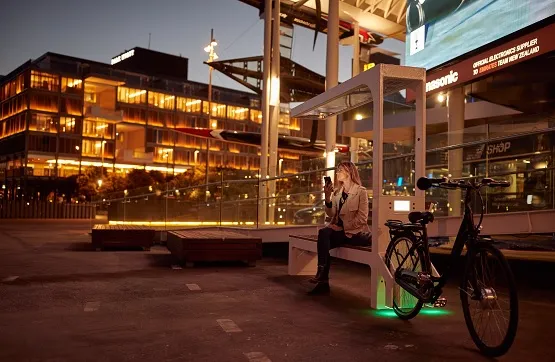Research and Markets’ latest report, Intelligent Transportation Systems - Roads to 5G, addresses current technical and marketing aspects of ITS and claims that by 2040 about 65 to 70 per cent of all cars on the roads will be driverless.
It emphasises the role of M2M communications in reaching ITS goals, and it is looking forward towards ITS enhancements based on WICT (wireless information communications technologies) of the 5G era, such as visible light communications (VLC) and others. It also evaluates
July 31, 2015
Read time: 2 mins
It emphasises the role of M2M communications in reaching ITS goals, and it is looking forward towards ITS enhancements based on WICT (wireless information communications technologies) of the 5G era, such as visible light communications (VLC) and others. It also evaluates the status of driverless car developments and 5G characteristics that such cars require to fulfil their tasks: the industry identified driverless cars as the most viable form of ITS, dominating the roads by 2040 and sparking dramatic changes in vehicular travel and transport economy.
The report updates the status of ITS standardisation with the emphasis on WICT to sustain the uniform ITS development. It analyzes M2M specifics, industry activity, related markets and technologies.
The report also addresses VLC as an advanced technology for the ITS development, emphasising that VLC is defined by the industry as a 5G technology. Details of VLC technological advances, its multiple ITS-related applications, market data and the survey of major industry players are also included.
The report also analyses advances in driverless car developments as a part of ITS progress related to the 5G evolution. Major driverless car features, standardisation and the most important projects with multiple players' products are analysed. Benefits and issues of such cars commercial introduction are addressed.








